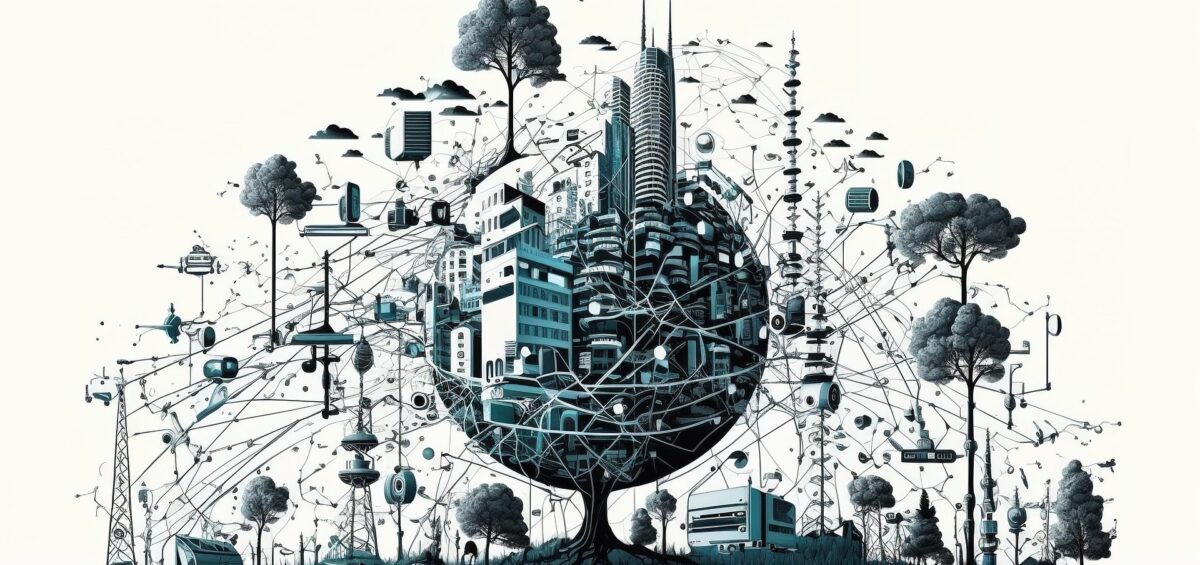Estimated reading time: 4 minutes
Over the past few weeks, we have seen a run of service issues from some of the biggest names in cloud and internet infrastructure. Each one started quietly, with a small note on a status page or a few early reports from confused users. Before long the problems grew and people across the world began finding they could not log in, load pages or run the tools they rely on.
The recent issues at AWS and Azure were caused by problems with DNS, which meant a wide range of services had difficulty staying online. Cloudflare then faced its own fault, creating further disruption. Earlier last year, CrowdStrike experienced a massive outage following a problematic update, which left customers unable to access key security tools for hours. Importantly, none of these incidents were the result of cyber-attacks. They were caused by mistakes or faults within the systems themselves, which makes the situation even more concerning.
What often gets lost in the noise is the cost and lack of companies being held liable. When these platforms go down, even for a short stretch, the impact on businesses can be enormous. Online shops stop trading. Customer portals freeze. Teams lose access to the tools they use every day. It is not unusual for global losses to reach hundreds of millions during just a few hours of downtime. And once everything is back online, there is still a rush to catch up on lost work and repair customer relationships. Recovery is rarely instant. Traffic pours back in as systems return, causing brief delays as everything resets.

These incidents highlight how much the modern economy depends on a small number of providers. When one of them runs into trouble, the effects spread quickly. Many businesses are left with little choice because alternatives are limited, or switching is complicated and expensive. This makes it difficult for customers to put strong contingencies in place. A plan is only useful if there is somewhere to shift to, yet the reality is that most organisations remain tied to the same handful of platforms.
It also raises a second issue. If customers are expected to build resilience, why are the biggest providers not demonstrating the same level of preparation? With the scale and resources they have, one would expect contingencies that prevent a small configuration mistake or faulty update from taking whole systems down. The fact that these failures still spread so widely suggests that the safeguards in place are not keeping pace with the growth of the services they support. If customers cannot move away to express dissatisfaction or seek better service, who ensures that providers maintain the reliability and standards their clients depend on?
All of this leads to an uncomfortable thought. Are outages of this size becoming something we simply expect now? If so, both providers and customers need to rethink how they approach resilience. Providers need stronger protections at the foundation, not just patches after the fact. Customers need plans that keep them running even when a major platform goes down without warning, yet they also need more genuine choice so those plans are achievable.
Outages used to feel rare. Lately, they seem to happen far more often. If this pattern continues, discussions need to be had about cloud outage accountability and better ways to keep the world moving when the next one arrives.
We Recommend:
- The Risks of Large-Scale Cloud Providers: A Case for Tecnica Private Cloud
- Chasing AI Dreams, But at What Cost? – AI Implementation Challenges
- Smart IT Moves for Challenging Times: How SMEs Can Save Money and Reduce Emissions
- Business Continuity Planning: Why Your Business Needs a BCDR Strategy Now
- Maximising Cost Savings and ROI: Benefits of Managed IT Services for business efficiency
Contact Us
Follow us on:


